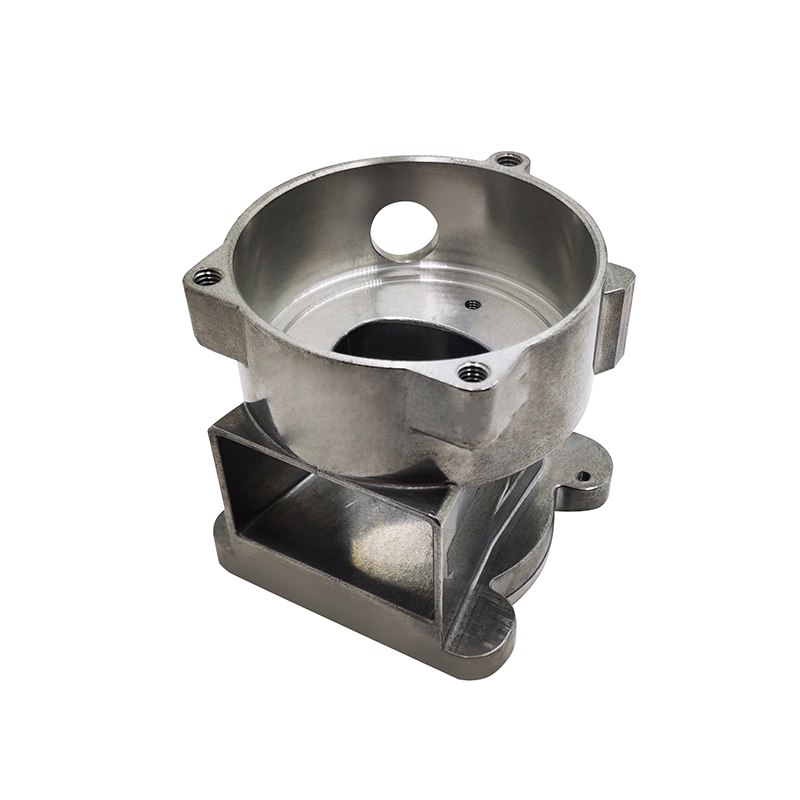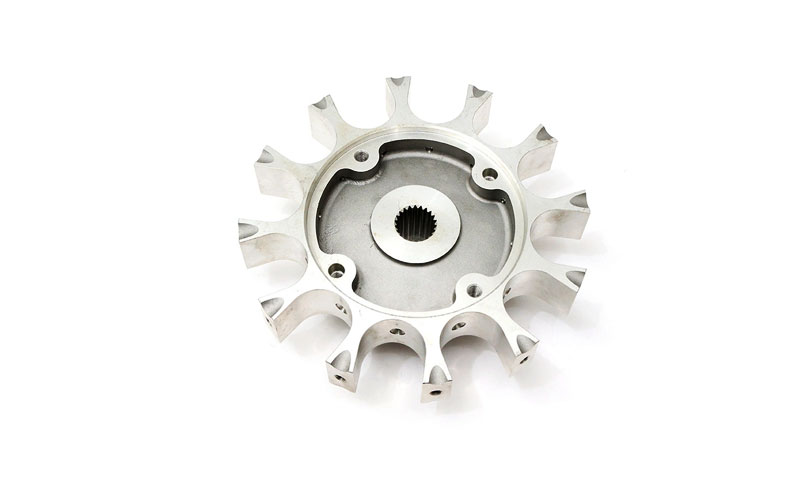Aluminum Casting Techniques: a Deep Dive Into Materials and Methods for Success
Aluminum casting methods play a necessary duty in production. Numerous approaches exist, each matched to various applications and requirements. Sand casting is favored for larger components, while die casting is known for its precision in high-volume manufacturing. Investment casting uses in-depth designs with exceptional coatings. Understanding these distinctions can significantly impact job results. Aluminum Foundry. Nonetheless, choosing the ideal method is not always simple, leading to crucial factors to consider that should be checked out additionally
Understanding Aluminum Casting: An Overview
Aluminum casting is an essential production process used throughout various sectors to create elaborate components with high precision. This approach entails pouring liquified aluminum right into a mold, permitting it to take the form and strengthen of the preferred part. The adaptability of aluminum, incorporated with its lightweight and corrosion-resistant buildings, makes it a suitable selection for applications in automotive, aerospace, and consumer goods.
Various casting techniques exist, each matched to particular requirements and task scales. Variables such as mold products, cooling prices, and the intricacy of the style play a significant role in establishing one of the most reliable strategy. Furthermore, the properties of the aluminum alloy used can influence the final product's surface area, strength, and toughness finish.
Comprehending the principles of aluminum casting makes it possible for manufacturers to enhance manufacturing procedures, lower waste, and assurance top quality result, which is necessary in today's open market.
Sand Casting: Applications and methods
Amongst the various methods used in aluminum casting, sand casting stands apart as a result of its flexibility and cost-effectiveness. This approach entails producing a mold and mildew from a blend of sand and binder, which can be shaped to accommodate complex styles. As soon as the mold and mildew is prepared, liquified aluminum is poured right into it, enabling detailed attributes and details to be captured.
Sand casting is specifically advantageous for creating big parts and low-volume production runs, making it ideal for auto elements, equipment components, and artistic sculptures. The method also fits a variety of aluminum alloys, boosting its convenience in various applications. In addition, the usage of sand as a mold and mildew material enables very easy improvement and reuse, adding to ecologically sustainable practices. Nonetheless, accomplishing high dimensional accuracy can present obstacles, demanding competent workmanship and careful control of the casting process. Overall, sand casting stays an essential method in aluminum factories worldwide.
Die Casting: Precision and Efficiency
Die casting is a very reliable technique of producing aluminum components with extraordinary dimensional precision and surface area coating. This procedure includes forcing liquified aluminum into an exactly machined mold and mildew under high pressure, which enables elaborate designs and minimal material waste. The fast air conditioning of the alloy within the mold and mildew results in a strengthened part that commonly needs little to no extra machining.
Die casting is particularly useful for high-volume production runs, where consistency and rate are extremely important. It sustains the production of complicated geometries, making it appropriate for different applications, consisting of automobile, aerospace, and customer products.
The procedure can fit various aluminum alloys, improving the mechanical properties of the finished products. With its capacity to generate lightweight yet durable parts, die casting attracts attention as a favored technique in modern-day production, supplying both precision and performance in aluminum casting.
Financial Investment Casting: Information and Intricacy
Investment casting, likewise called lost-wax casting, is a flexible and precise approach for creating complex aluminum parts. This technique is specifically valued for its capacity to develop intricate geometries and great details that are commonly unattainable with various other casting techniques. The procedure starts with a wax pattern, which is covered in a ceramic covering. As soon as the covering sets, the wax is dissolved, leaving a detailed mold for aluminum putting.
The benefits of financial investment casting include remarkable surface finish and dimensional accuracy, lessening the demand for extensive machining later. It is especially useful for small to tool manufacturing runs where precision is important. This method fits various aluminum alloys, boosting its applicability across industries. Aluminum Foundry. Ultimately, investment casting attracts attention for its capability to provide both visual charm and functional efficiency in aluminum parts, making it a preferred choice for developers and designers looking for facility options

Choosing the Right Method for Your Job
Exactly how can one figure out one of the most ideal aluminum casting technique for a specific job? The choice process pivots on a number of crucial elements, including the complexity of the style, the desired surface finish, and manufacturing volume demands. For weblink elaborate styles, investment casting often confirms advantageous due to its ability to catch fine details. Conversely, sand casting may be chosen for bigger, less complex components, using cost-efficiency and versatility in production.
Factors to consider regarding tolerances and mechanical buildings of the last item are important. For high-performance elements, die casting might be the most effective choice, as it offers premium dimensional accuracy and surface next area high quality. Additionally, understanding the material homes and compatibility with the selected approach is necessary for making sure the success of the project. Inevitably, a detailed evaluation of these aspects will assist the decision-making process, bring about the most efficient aluminum casting technique for the certain task handy.
Often Asked Questions
What Is the Ecological Influence of Aluminum Casting Methods?

How Can I Boost the Surface Area Complete of Cast Aluminum?
To boost the surface area finish of actors aluminum, one can utilize strategies such as sandblasting, brightening, and applying finishes. Appropriate mold and mildew style and temperature control likewise significantly enhance the final surface quality of the cast product.
What Safety and security Safety Measures Should Be Taken Throughout Aluminum Casting?
During aluminum casting, important security precautions include using safety gear, ensuring proper ventilation, making use of fire-resistant materials, maintaining a risk-free distance from click for more molten steel, and sticking to devices safety and security procedures to avoid injuries and accidents.
Just how Do I Troubleshoot Common Casting Problems?
To fix usual casting issues, one need to examine the mold for damages, examine the alloy structure, check pouring temperature level, adjust cooling prices, and warranty correct venting to minimize air entrapment and boost casting top quality.
What Are the Costs Connected With Various Aluminum Casting Techniques?
The costs connected with various aluminum casting strategies differ significantly, affected by aspects such as product costs, production, labor, and tools scale. Spending plan factors to consider are necessary for choosing the most ideal casting approach for particular projects.
Sand casting is preferred for bigger elements, while die casting is understood for its precision in high-volume manufacturing. Among the various techniques used in aluminum casting, sand casting stands out due to its adaptability and cost-effectiveness. Die casting is an extremely reliable method of generating aluminum elements with phenomenal dimensional accuracy and surface coating. Investment casting, likewise understood as lost-wax casting, is a accurate and flexible method for generating complicated aluminum parts. Exactly how can one establish the most ideal aluminum casting method for a particular project?